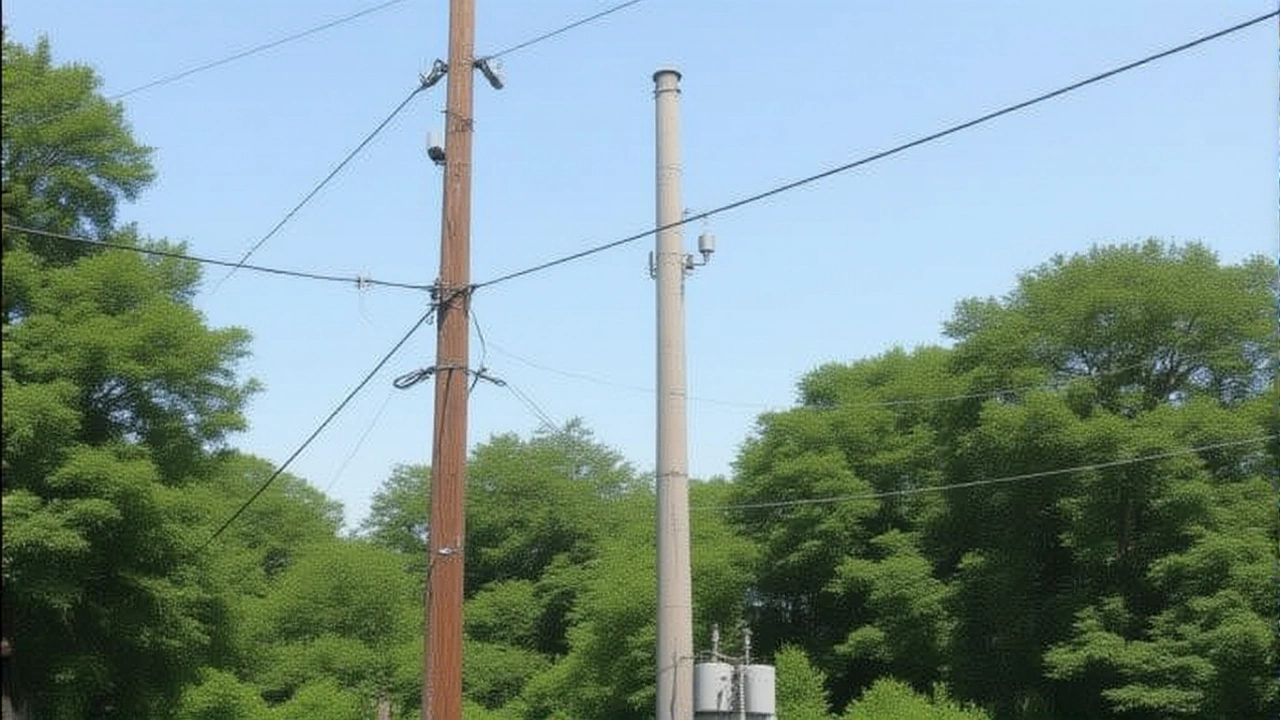Public Utility Commission: How It Shapes Your Everyday Services
When dealing with the Public Utility Commission, the government body that oversees electricity, water, gas and telecom services, you’re actually looking at the engine that keeps lights on, taps running and phones connected. Also known as the PUC, it sets the rules, watches compliance and protects users from unfair practices. Public Utility Commission matters because every bill you pay and every outage you experience flows through its decisions.
Why Energy Regulation Matters
One of the core duties of the Energy Regulation, the framework that governs how electricity is generated, transmitted and sold is to balance affordable power with clean‑energy goals. The Commission oversees this framework, ensuring generators meet reliability standards while keeping prices in check. It also requires utilities to invest in grid modernization, which directly impacts reliability for homes and businesses. When the Commission pushes for renewable integration, the whole energy ecosystem shifts toward lower emissions.
Closely linked to energy rules is Rate Setting, the process of determining how much customers pay for utility services. The Commission reviews utility proposals, evaluates cost‑of‑service studies and holds public hearings. By setting rates transparently, it protects consumers from sudden spikes while giving utilities enough revenue to maintain infrastructure. Rate decisions often reflect broader policy goals, such as encouraging energy‑efficient appliances or funding broadband expansion.
The Commission also champions Consumer Protection, safeguards that ensure fair treatment, accurate billing and prompt service restoration. This means enforcing standards for outage reporting, handling complaints, and mandating clear billing formats. When a utility fails to meet service standards, the Commission can levy penalties or order corrective actions. Strong consumer protection builds trust and makes sure everyday users aren’t left in the dark.
Beyond power and water, the Commission’s scope includes Utility Infrastructure Planning, the long‑term strategy for building, upgrading and maintaining networks like pipelines, grids and fiber lines. By guiding infrastructure plans, it aligns projects with climate goals, regional growth and emergency preparedness. Planning decisions affect where new renewable farms are sited, how quickly broadband reaches rural neighborhoods, and how resilient the system is against storms.
Telecommunications fall under the same umbrella. The Commission regulates Telecom Services, broadband, telephone and emerging 5G networks that keep communities connected. It ensures that carriers meet service quality benchmarks, that pricing is competitive, and that underserved areas receive investment. By treating telecom as a public utility, the Commission helps close the digital divide, especially in North Bristol and surrounding regions.
Public outreach is another piece of the puzzle. Just as the Electoral Commission runs awareness campaigns for voter ID, the Public Utility Commission runs information drives about upcoming rate cases, energy-saving programs and safety alerts. These campaigns use billboards, social media and community workshops to close knowledge gaps, particularly among vulnerable groups. When residents understand the why behind a rate increase, they’re more likely to engage in the public comment process.
The rate‑setting process itself involves a slew of steps: utilities submit cost models, analysts crunch numbers, and the Commission holds open hearings where anyone can speak up. This collaborative approach blends technical expertise with citizen input, ensuring decisions reflect real‑world impacts. For example, a proposed hike might be adjusted if a community highlights that many households rely on fixed incomes.
The Commission doesn’t work in isolation; it partners with local governments, environmental NGOs and industry groups. Together they craft policies that promote clean energy, water conservation and resilient infrastructure. These partnerships create a feedback loop: local plans inform state‑level rules, and state rules shape local implementation. The result is a coordinated effort that benefits both consumers and the environment.
Whether you’re a homeowner curious about your next electric bill, a business owner planning a new facility, or a community activist pushing for better broadband, understanding the Public Utility Commission gives you a foothold. Below you’ll find a curated set of articles that break down the Commission’s latest rulings, practical tips for engaging in hearings, and deep dives into how rate setting and consumer protection shape everyday life. Dive in to see how these policies affect you and how you can join the conversation.
CenterPoint Energy Can Shut Off Power Without Notice, Homeowners Warned
CenterPoint Energy can legally turn off power without notice, leaving Texas homeowners like Hugo to face sudden outages during hot weather and limited recourse for damages.



